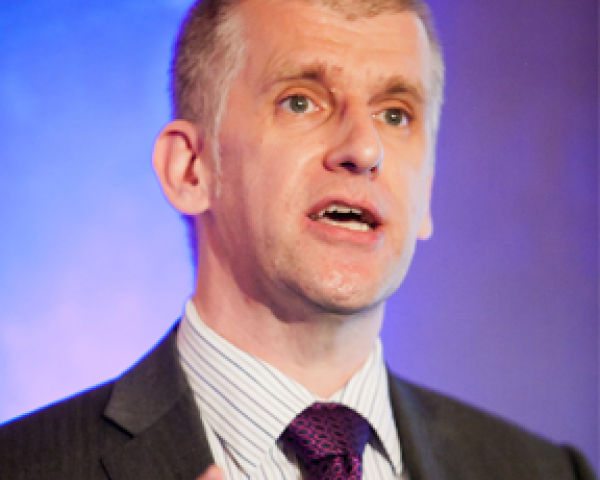We are continuing our two-part series on where leaders should focus for growth in a changing world that is full of new technology. This post builds on
Part One, which covered major trends, the need for customer insight and what is required to manage your data
effectively.
Our attention turns again to your customers — but this time also considering the issue of their irrational behavioral biases. How should this human trait influence your plans or focus for growth?
With irrational customers, what should you do?
With the Financial Conduct Authority (FCA) focused on behavioral economics (BE) and expecting providers to take it into account, the days of assuming customers will act rationally are numbered.
I’m sure most of you have
at least heard of BE. The success of popular books on the subject — from the easy to read “Nudge” to the slightly more challenging “Thinking Fast and Slow”
— have ensured that there has been plenty of media coverage and social media debate on the implications and appropriateness for policy and action.
See also: How to Take a Bold Approach to Growth
As with many academic disciplines, different experts use slightly different nomenclature to order the different irrational behavior or biases observed. However, for financial services clients, a good place to start is the list of 10 biases published by the FCA. My own experience in helping clients test communications or design marketing to take irrational biases into account suggests this list covers the bases.
Do you test your communications?
Of course, the focus of FCA regulatory action is ensuring the customers receive positive outcomes through products and services suitable for their needs. Unfortunately, some agencies offer to help businesses understand and act to protect customers from BE biases by seeking to “rubbish”
traditional
research or the role of customer insight teams. This is so misguided. Most successful BE projects require well-designed research, as well as behavioral analysis, data capture and
database marketing skills in experimental design. In other words, it is probably your existing customer insight team that is in best place to take such work forward.
Given that most firms focus first on ensuring their communications could not be accused of manipulating biases, two biases (in particular) are worth considering:
- Framing, salience and limited attention: Is the bias such that different decisions are made if information is presented/structured differently (as sommeliers know well).
- Present bias: Is the present over-valued compared with the future (i.e., I would accept a smaller payout now, compared with delayed gratification with better return).
Still, other biases matter and occur from time to time. For a fuller list, see this
previous post summarizing all 10 biases.
Conclusion
There are many different and exciting innovations happening, including the use of blockchain, robotics, virtual reality and
machine learning. But, having seen those
innovators who go on to thrive and those who do not, I am making the case to focus on people — not technology.
Developing a strong customer insight capability that is supported by well-managed data and is used to guide all interactions with customers is a sustainable route to growth. However, to achieve both customer loyalty and the approval of regulators, you will also need to consider irrational customers.
We are practically in a “seller beware” market, so, to truly protect your business, make sure you know (better than your competitors) how to help your customers achieve positive outcomes. Oh, and learn how to tell them what you know in their language.
See also: Does Your Culture Embrace Innovation?
Such a human-centered-design approach to business is not easy, but it is fulfilling. Focus on
understanding and serving your customer better. When you have a
compelling story to tell, you will also be able to mobilize one of your biggest weapons. That, of course, is all the people who work in your business.
To modify the oft-quoted line by President Bill Clinton about what matters most: “It’s the people, stupid.”








